The Role of Technology in Enhancing 3PL Workforce Efficiency

Technological advancements are essential for enhancing workforce efficiency in third-party logistics (3PL) operations. Automation and robotics streamline processes by handling repetitive tasks such as sorting and packing, allowing human workers to focus on more complex activities. Data analytics and artificial intelligence (AI) provide valuable insights into operations, enabling better decision-making and optimizing inventory and route planning. Cloud-based solutions and mobile technology improve real-time communication and coordination, enhancing supply chain visibility and accuracy. By integrating these technologies, 3PL providers can optimize operations, reduce costs, and improve service quality. Specialized staffing is crucial to managing and implementing these technological advancements effectively, ensuring that 3PL companies can meet the demands of a dynamic market and maintain a competitive edge.
In the fast-paced world of third-party logistics (3PL), efficiency and productivity are crucial to success. As supply chains become more complex and customer demands increase, 3PL providers must find ways to optimize their operations and workforce. Technological advancements play a vital role in achieving these goals, offering tools and solutions that enhance workforce efficiency and improve overall productivity. At Resource Employment Solutions, we understand the importance of integrating technology into logistics operations to help our clients stay competitive in a rapidly evolving market.
We are committed to helping 3PL providers leverage the latest technological advancements to enhance workforce efficiency. Our expertise in logistics staffing ensures that our clients have the skilled professionals needed to implement and manage these technologies effectively, driving operational success and customer satisfaction.
Automation and Robotics
Automation and robotics have transformed the logistics industry, streamlining operations and reducing the need for manual labor. In 3PL warehouses, automated systems can handle repetitive tasks such as sorting, picking, and packing, freeing up human workers to focus on more complex and value-added activities.
For example, a 3PL provider implementing automated picking systems can significantly increase order accuracy and speed. These systems use advanced algorithms to select and retrieve items quickly, reducing errors and improving efficiency. Additionally, robotic palletizers and conveyors can automate the movement of goods within the warehouse, minimizing manual handling and increasing throughput.
A real-world example is Amazon, which uses robotic systems to optimize its fulfillment centers. By integrating robotics into its operations, Amazon has increased efficiency, reduced labor costs, and improved order accuracy, setting a benchmark for the industry.
Data Analytics and Artificial Intelligence
Data analytics and artificial intelligence (AI) are powerful tools that can enhance decision-making and optimize workforce management in 3PL operations. By analyzing large volumes of data, 3PL providers can gain valuable insights into their operations, identify inefficiencies, and make informed decisions to improve productivity.
For instance, predictive analytics can help 3PL companies forecast demand and optimize inventory levels, reducing the risk of stockouts or overstocking. AI-driven tools can also optimize route planning and scheduling, ensuring timely deliveries and minimizing transportation costs.
A practical example is UPS, which uses AI and data analytics to optimize its delivery routes through its ORION (On-Road Integrated Optimization and Navigation) system. By leveraging AI, UPS has reduced fuel consumption, improved delivery times, and enhanced overall efficiency.
Cloud-Based Solutions and Mobile Technology
Cloud-based solutions and mobile technology have revolutionized the way 3PL providers manage their operations and workforce. These technologies enable real-time communication, data sharing, and collaboration, improving visibility and coordination across the supply chain.
For example, cloud-based warehouse management systems (WMS) provide real-time access to inventory data, enabling employees to track stock levels, manage orders, and coordinate shipments more efficiently. Mobile devices equipped with barcode scanners and RFID technology allow workers to update inventory records on the go, reducing errors and improving accuracy.
A real-world example is DHL, which uses cloud-based solutions to enhance its supply chain visibility and streamline operations. By adopting mobile technology, DHL has improved communication, reduced paperwork, and increased workforce productivity.
Technological advancements play a crucial role in enhancing workforce efficiency in 3PL operations. Automation, data analytics, AI, cloud-based solutions, and mobile technology are key enablers that help logistics providers optimize their operations, improve productivity, and meet the demands of a dynamic market.
By integrating these technologies, 3PL companies can streamline their processes, reduce operational costs, and improve service quality. The strategic use of technology in logistics not only boosts efficiency but also allows for better decision-making and enhanced customer satisfaction. As the industry continues to evolve, embracing technological innovations will be essential for maintaining a competitive edge and ensuring long-term success in the logistics landscape. Specialized staffing remains integral to effectively managing and implementing these technological advancements.
Written on behalf of Resource Employment Solutions.
The RES Onboarding Process
Our commitment to you is deeper than just providing a list of potential candidates. We are committed to designing and implementing the most effective staffing strategy for you. Here is what you can expect when you choose Resource Employment Solutions as your recruiting and staffing partner.




When you connect with Resource Employment Solutions, you will be matched with an account management team who specializes in placing top talent within your industry. You will have a dedicated recruiter or recruiting team assigned and they will remain your point of contact to understand your business and address all your staffing needs.
Frequently Asked Questions
Automation streamlines processes by handling repetitive tasks like sorting, picking, and packing. This allows human workers to focus on more complex activities, increasing overall productivity and order accuracy.
Data analytics provides valuable insights into operations by analyzing large volumes of data. It helps 3PL providers identify inefficiencies, optimize inventory levels, and improve decision-making, ultimately enhancing productivity and reducing costs.
AI can optimize route planning and scheduling, forecast demand, and improve decision-making processes. By leveraging AI, 3PL providers can ensure timely deliveries, reduce transportation costs, and enhance overall efficiency.
Cloud-based solutions enable real-time data sharing and communication, improving visibility and coordination across the supply chain. They allow for more efficient management of inventory, orders, and shipments, leading to enhanced operational efficiency.
Mobile technology allows workers to update inventory records in real time using barcode scanners and RFID technology. This reduces errors, improves accuracy, and facilitates better communication and coordination within the logistics operation.


